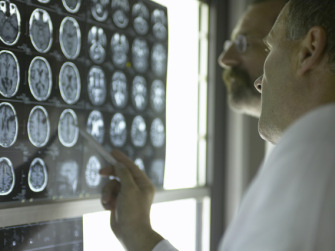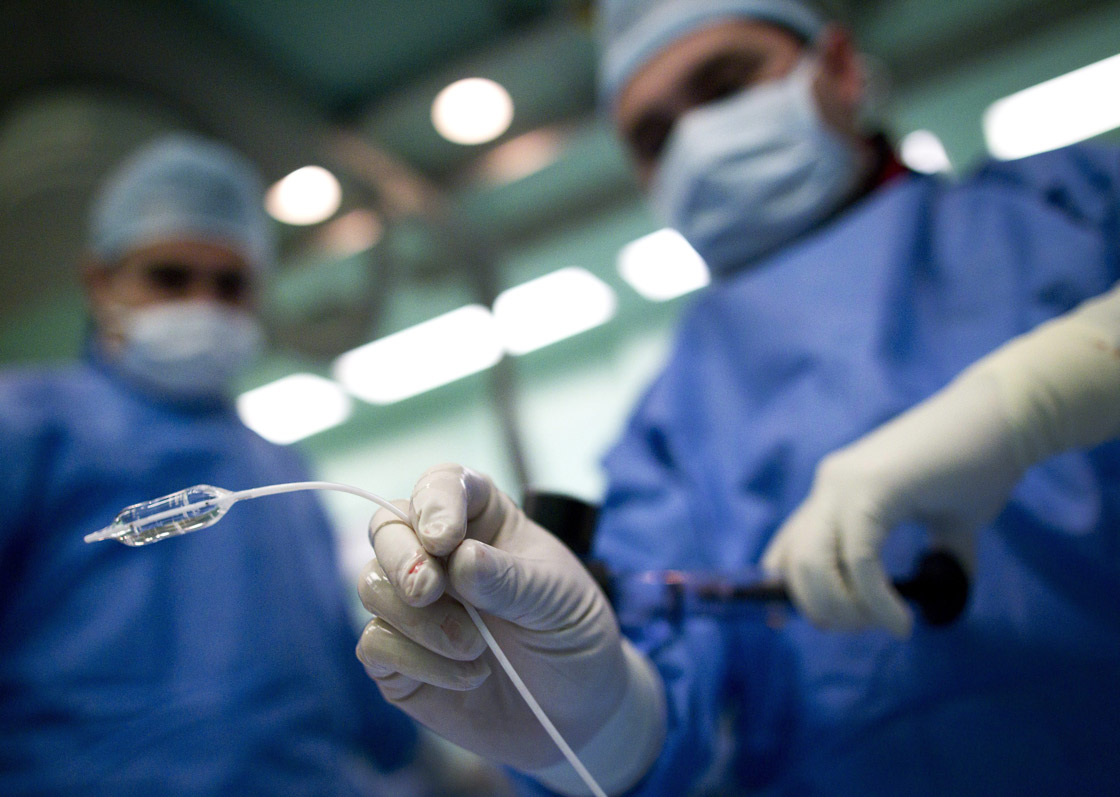TORONTO – A Ziploc bag filled with $5 worth of tools to save newborn babies’ lives in third world countries. A vaccine for smokers to help counter nicotine’s addictive effects. And even using Skype so Canadian doctors can walk their counterparts in Ghana through surgeries.

Those are just a handful of made-in-Canada ideas that are transforming global health care.
On Monday, Grand Challenges Canada poured $10.9 million in seed money funding to 102 ideas scientists are working on in health care innovation.
Grand Challenges Canada is funded by the federal government and its grant program helps pay for research in developing ways to treat diseases in the developing world.
The ideas are far-reaching, with each of the 102 proposals receiving $100,000 each to flesh out their projects. Forty-three Canadian teams received grants – their findings could be implemented worldwide.
Global News took a look at six made-in-Canada proposals:
A $5 tool kit to save newborn lives in the third world
Doctors at the Hospital for Sick Children in Toronto say a handful of items that fit inside a large Ziploc bag could help save newborns in poor regions where neonatal death rates can be 10 times higher than in Canada.
A simple set of tools could hold the keys to saving their lives: a mylar blanket and non-electric heating pads to keep babies warm, antiseptic lotion to apply to the umbilical stump to guard from infection, a sunflower seed-based moisturizer to keep skin healthy, and stickers that change colour to warn mothers if their babies’ temperature drops. Sterilized scissors and a mat are also provided to help with the birthing process.
Read more: Sick Kids doctors mark Global Child Health Day with new initiative
The doctors are headed to remote communities in Pakistan where the kits will be doled out to local health care workers.
A vaccine for nicotine addiction
If you’re trying to quit smoking, scientists at Health Sciences North in Sudbury, Ont. have your interests in mind. There, researchers are working on an intranasal vaccine – the treatment is supposed to turn nicotine into a compound that forces the immune system to create antibodies that block nicotine from reaching the brain. The smoker, in turn, doesn’t experience the feel good high from nicotine and may crave less. The proposal suggests that if successful, it could save thousands of lives each year.
Read more: Smokers who quit before 40 save a decade of their lives: study
The research is headed to Vietnam next year for laboratory tests. That country has one of the highest smoking rates in the world.
Training surgeons in Ghana via Skype
About one in 500 children in Africa suffer from a condition called infant hydrocephalus – cerebral spinal fluid builds up in the skull, and can be fatal in the first years of life.
It’s easily treated with surgery but that’s difficult to access in some parts of the world. In some cases, only 10 per cent of kids receive treatment.
University Health Network scientists at Toronto Western Hospital hope to bring “virtual reality” simulators to Ghana: using the Internet and Skype, an expert can walk trainees through different procedures and techniques, and the pair can collaborate, providing corrections and advice.
Systems, such as NeuroTouch, already exist in Canada with networks of teaching hospitals using the platforms to train surgeons from across the country and even into 10 other countries.
“Lab on a chip” medical tests on smartphones
Diabetics already use hand-held devices to check their blood sugar levels. A scientist and his team at Simon Fraser University in British Columbia hope to take the technology to the next step, offering simple tools to help health care workers determine which antibiotics can treat a baby’s case of diarrhea. The condition is a leading cause of death in the developing world.
Testing used to rely on blood samples sent to the lab, which makes for a lengthy process. The proposal suggests the “lab on a chip” could take tiny fluid samples to be inserted into sensors for analysis, according to the Vancouver Sun.
Read more: Top 10 health apps recommended by experts
Those with diabetes even have smart phone apps and add-ons for their daily blood glucose monitoring. The goal is to have the same interest to diagnose other conditions and to ensure doctors in remote areas have easy to use tools in their practice.
Diagnosing hearing problems
Researchers at the Children’s Hospital of Eastern Ontario created their own hearing diagnostic tests they’re hoping will make a difference in Africa and other parts of the world. The test is fun, accurate and inexpensive, its creators say. In 2008, the World Health Organization estimated that 664 million people have a hearing impairment, with 80 per cent in low to middle income countries.
The developers of the interactive hearing test say the point of care diagnostic tool can be used on iPads or cell phones. With WiFi, doctors in Canada can even treat patients from around the world. Kids as young as three years old can even self diagnose with the test.
Growing your own bacteria to defend against diseases
University of Toronto scientists have a novel solution to fighting cholera, typhoid and other water-bourne diseases that plague developing countries. They’re working on “engineering” bacterias that live in our intestinal tracts and are programmed to activate and destroy certain pathogens that make their way into our bodies. Sitting in the gut, the engineered bacteria can even make sure they don’t overpopulate.
See the full list of projects here.
carmen.chai@ryerson.ca
Follow @Carmen_Chai





Comments